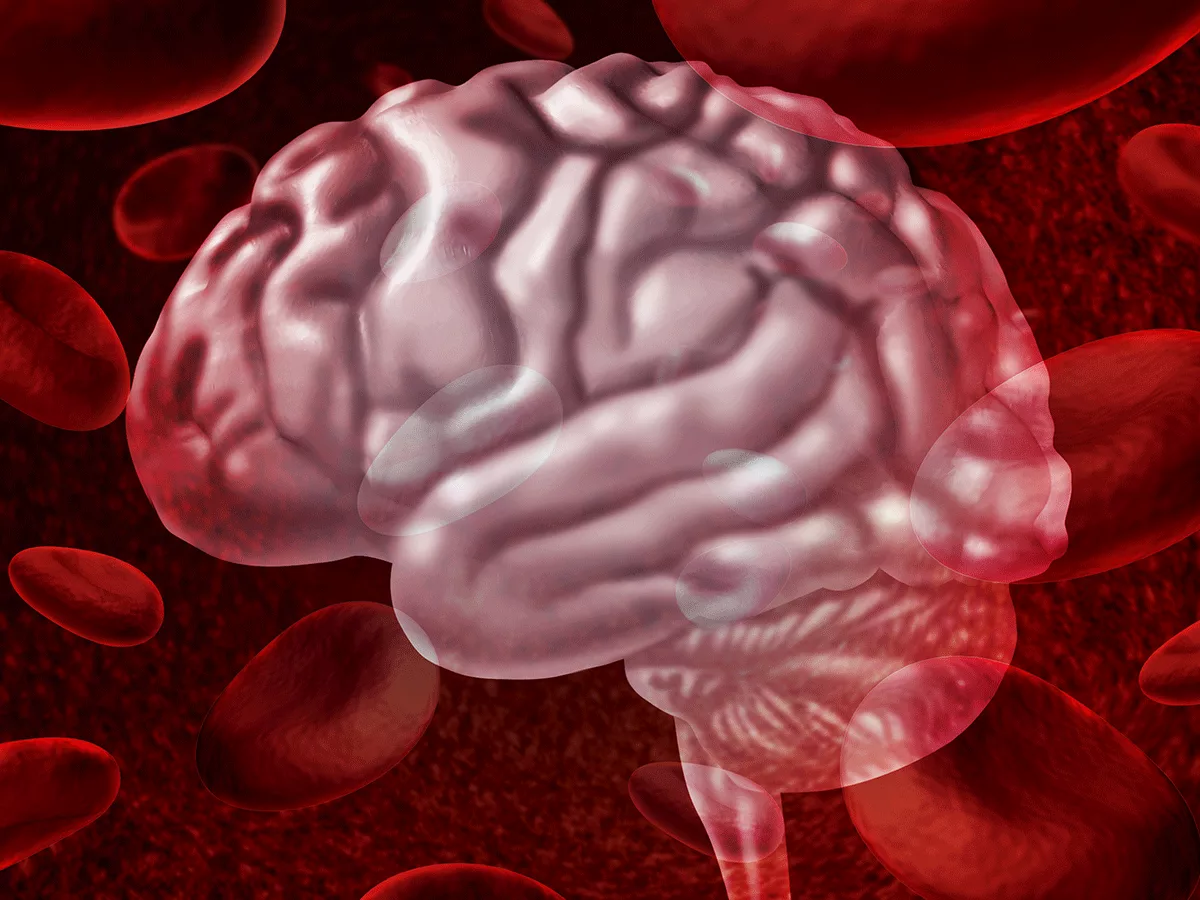Researchers at Curtin University in Perth, Australia, have discovered that leakage from blood into the brain of fat-carrying particles transporting toxic proteins are a possible cause of Alzheimer's disease.
"Alzheimer's disease is well characterized pathologically," John Mamo, lead investigator and director of the Curtin Health Innovation Research Institute, told BioWorld Science.
"While we previously knew that the hallmark feature of people living with Alzheimer's disease was the progressive accumulation of toxic protein deposits within the brain called beta-amyloid, researchers did not know where the amyloid originated from, or why it deposited in the brain."
"Our research shows that these toxic protein deposits that form in the brains of people living with Alzheimer's disease most likely leak into the brain from fat carrying particles in blood, called lipoproteins."
He explained that the brain is an isolated organ, and most of the historic research has been focused on trying to understand what is occurring in the brain.
"Our view in terms of what might be cause is quite different. We think it is originating as a consequence of metabolic events that are occurring outside of the brain."
Amyloid is made in other parts of the body as well, he said, and it is made in significant amounts by lipogenic organs like the liver and small intestine that manufacture lipoproteins, or cholesterol.
"We showed a number of years ago that the lipogenic organs produce amyloid, and the amyloid forms part of that regulatory protein that tells the lipoprotein where to go.
"What we found in studies in normal mice is that if you stimulate the production of that lipoprotein amyloid, what happens is the microvasculature that support brain function begin to deteriorate as they get challenged by that prolonged exposure to this lipoprotein amyloid," he said, explaining that they become increasingly permeable and the lipoprotein amyloid leaks into the brain.
Blood-to-brain pathway significance
"This 'blood-to-brain pathway' is significant because if we can manage the levels in blood of lipoprotein-amyloid and prevent their leakage into the brain, this opens up potential new treatments to prevent Alzheimer's disease and slow memory loss."
Published in PLoS Biology, the study builds on previous research that showed beta-amyloid is made outside the brain with lipoproteins. Mamo's team tested the "blood-to-brain pathway" hypothesis by genetically engineering mouse models to produce human amyloid-only liver that make lipoproteins.
"When people wanted to investigate the biochemistry beneath this disorder 20 years ago, they genetically engineered mice to humanize them so they would produce human amyloid.
"We couldn't use those mice that were already generated to test our hypothesis of a blood-brain delivery pathway because those mice have significant expression of the amyloid produced in the brain. If we're trying to see a phenomenon occurring outside the brain, it confounds it, and you can't interpret it when you have so much produced in the brain already," Mamo said.
About 5 years ago, the team genetically engineered mice to produce human amyloid only in the liver, which is where the lipoproteins are being made. The team grew them and compared them to genetically unmanipulated mice.
"As we predicted, the study found that mouse models producing lipoprotein amyloid in the liver suffered inflammation in the brain, accelerated brain cell death and memory loss," he said.
The finding is important, because it will encourage the research community to shift away from thinking this is a disease that originates in the brain.
"Because we've identified a potential risk factor, we've now got a target for considering how we might prevent and how we might treat people with Alzheimer's disease.
"We have an advantage in that we've got 50-60 years of research modulating the abundance of lipoproteins in the blood to protect the heart, and some of that knowledge and experience may be relevant to this blood-to-brain leakage phenomenon. But it's important to point out that we're not talking about the level of lipids in blood; we're talking about the level of lipoprotein amyloid in blood."
While further studies are needed, the finding shows the abundance of these toxic protein deposits in the blood could potentially be addressed through a person's diet and some drugs that could target lipoprotein amyloid, therefore reducing the risk or slowing the progression of Alzheimer's disease.
Alzheimer's disease is the main form of dementia, and it accounts for about 85% of people who develop dementia, he said, noting that the majority of people who develop Alzheimer's disease are over 65 with no obvious reason as to why they're developing the disease.
Old cholesterol drug could protect brain capillaries
Mamo and his team began a clinical trial in Perth in July, called the Probucol in Alzheimer's Disease (PIA) study, which is testing whether cardiovascular agent probucol lowers lipoprotein amyloid production and supports cognitive performance.
"A cholesterol lowering drug may not necessarily reduce the concentration of the amyloid, but there are a couple of things that are relevant and have led us to a clinical trial we recently launched.
"We showed a number of years ago that saturated fats when ingested are a strong driver of the production of amyloids in the lipogenic organs, and by extension, exaggerated brain capillary exposure.
"If we give mice saturated fatty acids, we can demonstrate this blood-to-brain leakage phenomenon, and that's what we've published."
Probucol was a modest cholesterol lowering drug that was taken off the market when statins were ushered in. However, probucol inhibited synthesis of amyloid and promotes clearance from blood of lipoproteins that transport the amyloid.
It is also a potent anti-inflammatory modulator and a potent antioxidant, he said. And, because it is an old drug, the safety and toxicology of the drug are well known.
The research at Curtin will stimulate global research to investigate this risk pathway, Mamo said, acknowledging that a more robust way of measuring the lipoprotein and amyloid in blood is still needed.

